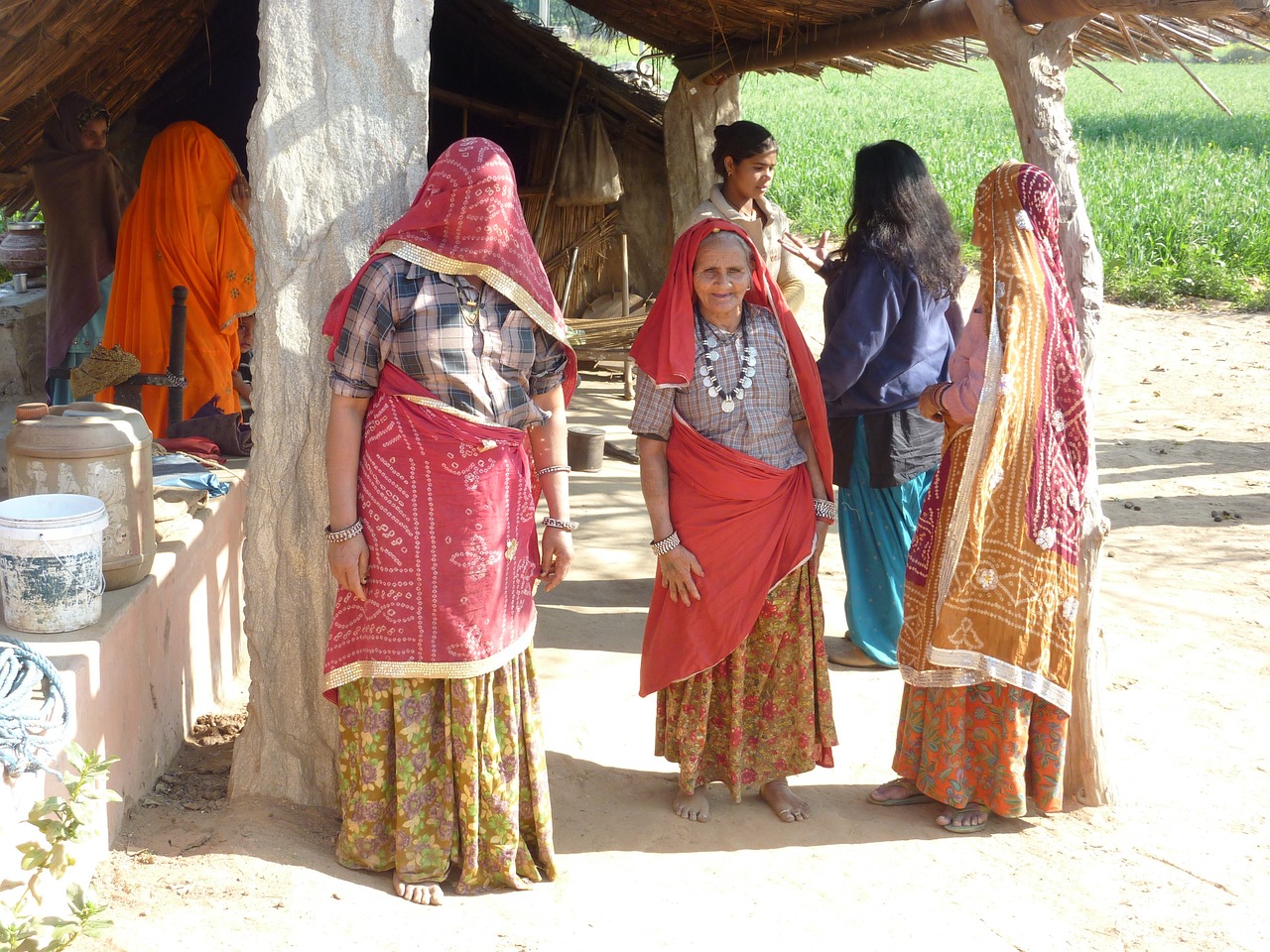Imagine feeling confident and in control of your own money. In India, this can be tough for women. Think of it like this: sometimes girls are taught about cooking and cleaning, but not about saving or investing. This can make it hard to know how to handle cash, pay bills, or plan for the future.
But guess what? Things are changing! More and more people are realizing that everyone, both boys and girls, men and women, deserve to understand money and make their own financial choices. It's like learning a new language that helps you navigate life with confidence.
So, let's break down the barriers that hold women back.
Cultural Biases and Patriarchal Norms
Table of contents [Show]
Limited control over finances | Traditionally, financial decision-making rests with men, leaving women dependent and uninformed. |
Lack of inheritance rights | In some communities, daughters are denied inheritance, further affecting them financially. |
Limited education and exposure | Girls may have lower access to education, particularly financial education, increasing the knowledge gap. |
Socio-economic Barriers
Poverty and economic dependence | Many women lack independent income, limiting their ability to build financial skills and savings. |
Time constraints and unpaid labor | Women bear the brunt of household chores and childcare, leaving little time for financial learning. |
Lack of access to financial services | Rural areas often lack accessible banks or financial institutions tailored to women's needs. |
Language and Communication Gaps
Complex financial terms | Financial concepts and products are often presented in complex words, excluding women with limited literacy. |
Few language resources | Financial education materials may not be available in local languages, posing a problem in understanding. |
| Women may hesitate to ask questions or seek financial advice due to fear of judgment or cultural norms. |
Additional Challenges
Digital literacy divide | Expanding financial services through digital platforms may exclude women with limited internet access or technological skills. |
Fraud and predatory practices | Women are more vulnerable to financial scams and predatory lending due to lack of awareness and resources. |
Limited access to professional guidance | Finding professional financial advisors who understand women's unique needs can be challenging. |
Addressing these challenges requires a multi-pronged approach
Education and awareness campaigns | Tailored financial literacy programs in local languages to empower women with knowledge and confidence. |
Inclusive financial products and services | Develop products and services catering to women's specific needs and accessibility. |
Policy interventions | Promote inheritance rights for women, encourage micro-entrepreneurship, and bridge the digital divide. |
| Challenge gender norms and encourage open dialogue about money within families and communities. |
By tackling these challenges, we can create a more financially inclusive society where women are empowered to make informed decisions and secure their future.







